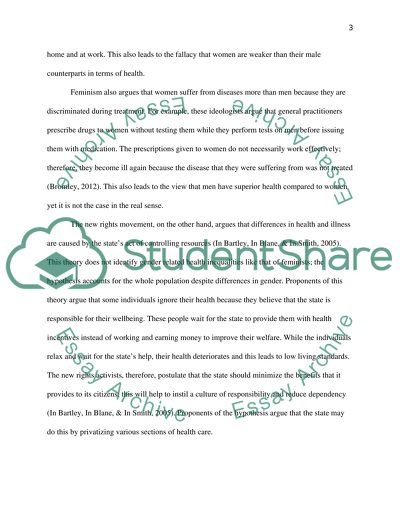Cite this document
(“Health inequalties Essay Example | Topics and Well Written Essays - 1500 words”, n.d.)
Retrieved from https://studentshare.org/sociology/1690509-health-inequalties
Retrieved from https://studentshare.org/sociology/1690509-health-inequalties
(Health Inequalties Essay Example | Topics and Well Written Essays - 1500 Words)
https://studentshare.org/sociology/1690509-health-inequalties.
https://studentshare.org/sociology/1690509-health-inequalties.
“Health Inequalties Essay Example | Topics and Well Written Essays - 1500 Words”, n.d. https://studentshare.org/sociology/1690509-health-inequalties.


